The caveman was almost a vegetarian
Human remains were discovered at the archaeological site of Vilamaya Patzhcha in Peru, indicating that the diet of the ancient Andean inhabitants consisted mainly of plant foods.< /p> 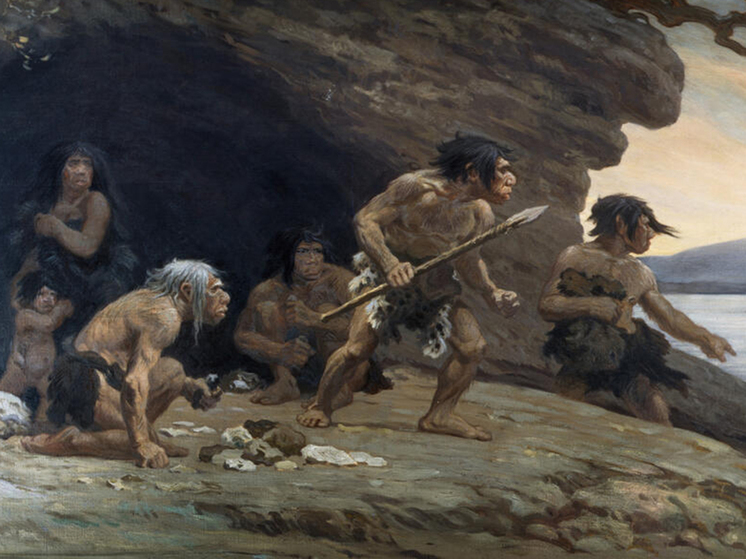
According to archaeological finds, ancient people ate mainly plants and vegetables. These new scientific findings challenge the commonly held belief that our ancestors ate a diet high in protein and meat.
Evidence from the remains of 24 individuals from two burial sites in the Peruvian Andes, dating to between 9,000 and 6,500 years ago, suggests that wild potatoes and other root crops may have been the dominant food source before the transition to an agricultural lifestyle.
“The conventional wisdom is that early humanity's economy was centered on hunting, an idea that led to a number of high-protein dietary fads such as the paleo diet,” said Randy Haas, an archaeologist at the University of Wyoming. “Our analysis shows that the diet of the ancients consisted of 80% plant products and 20% meat.”
Previously, some scientists suggested that the transition to an agricultural economy was caused by overhunting, but recent evidence suggests the possibility of a more gradual transition from gathering to agriculture.
The American scientists' study focused on remains recovered from the Vilamaya Patjha and Soro Mikaya Patjha burial sites, which are located about a mile apart in the Andes mountains. Scientists analyzed the bones, comparing the chemical forms of carbon and nitrogen with those found in local plants and animals. The results of the study showed that plant foods made up the majority of people's diets, with meat playing a minor role.
“Food is incredibly important for survival, especially in high altitude environments like the Andes,” said Jennifer Chen, a scientist at Pennsylvania State University. “Much archaeological evidence about hunter-gatherers, or foragers, focuses on hunting and high-meat diets, but we are finding that early Andean hunter-gatherers primarily consumed plant foods such as wild tubers.”
< p>The researchers also found traces of burnt plant debris at the excavation sites and distinct signs of tooth wear on the upper incisors of several individuals, indicating that tubers, possibly wild potatoes, were the most common food source.
Analysis also showed that large mammals such as deer or llamas made up the majority of the meat in the diet, rather than smaller mammals, birds or fish.
Dr. Haas noted that the idea that ancient people ate primarily meat was widely held in archaeological circles.
“If you had talked to me before this study, I would have also assumed that meat accounted for 80 percent of the diet,” he told The Guardian. “It is quite widely assumed that the human diet was dominated by meat.”
This view was based in part on archaeological evidence, which provides a biased picture of the evidence for meat-eating, since stone tools and bones from butchered animals are much more likely to be preserved. than plant remains.
The preconceptions of mostly male archaeologists from Western cultures that view hunting as a masculine activity also likely played a role in perpetuating the «macho caveman» stereotype in early human society, according to Haas, who added that similar biases may have influenced studies of early human diets in other regions of the world.










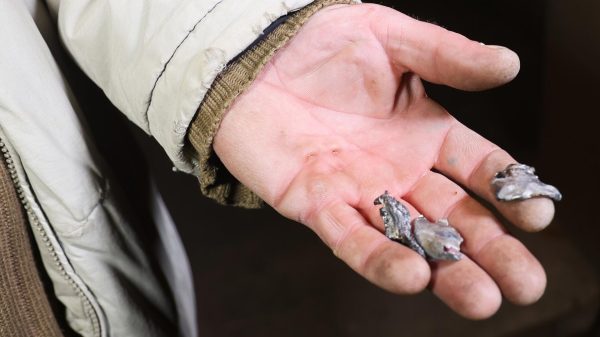







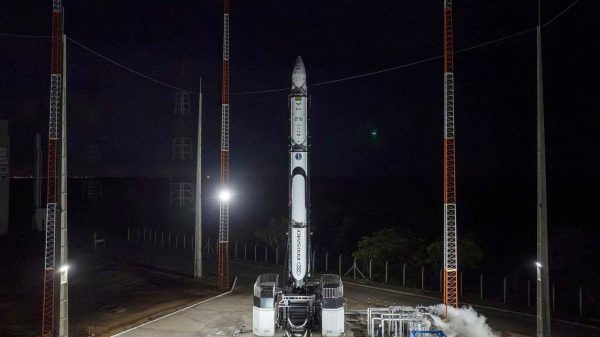
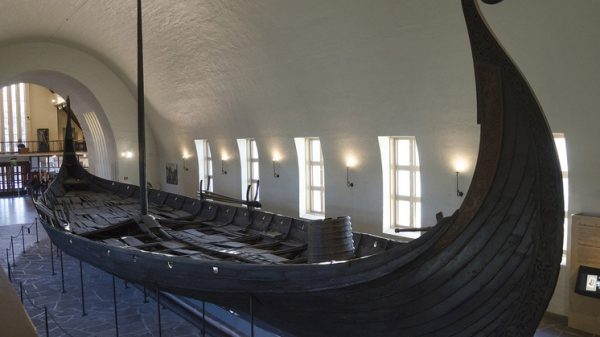


















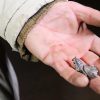
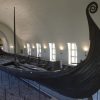















Свежие комментарии